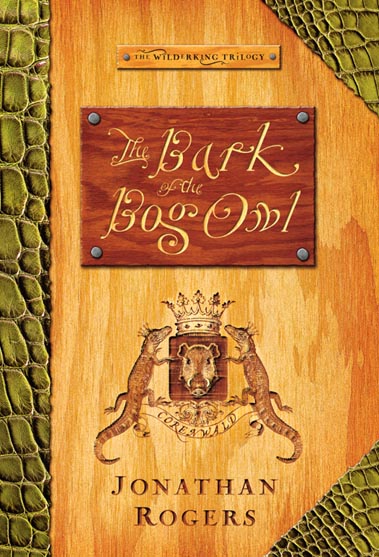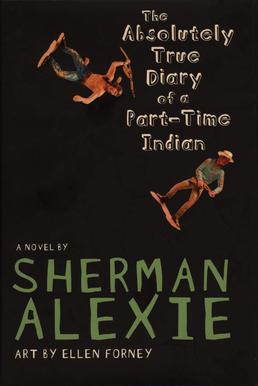
After a disappointing third book (Kindness Goes Unpunished), Craig Johnson delivered an amazing follow-up in the
series. We’re back in Wyoming. We’re back to our people. Peripheral characters
are back in the line-up, and we have a few new people as well. Walt is a much
better character in Wyoming than he was in Philadelphia. Also, Johnson was able
to take pieces of a story I didn’t like and bring them to the table in Moccasins in a way that I could appreciate.
We have to deal with the fall out of the Walt-Vic rendezvous. We have
to deal with Cady’s injury, and how that led to the relationship with Vic’s
brother. These things set up a fine story, although we really don’t know much
about how Michael and Cady’s relationship is going, because of the intensive
nature of the case Walt worked on in the book. And this is where Johnson
excelled – Walt’s past intersects with his present. Vietnam comes not only back
to Walt’s mind, but shows up in his county.
It is no secret that Walt was in Vietnam; it’s just never been
important until this installation. Through flashbacks of his time entering into
law enforcement in Vietnam, we see not just glimpses of the old Walt, but also
the old Bear and how even then they looked out for one another. Whereas Bear
always seems to have been Bear; Walt appears to have matured quite a bit since
the war. His natural intellect and strength are both found four decades apart, but
his understanding of complicated matters has radically changed. He navigates
things now that his younger self could not have done.
The shifting action from Vietnam to Wyoming was not as jarring as one
might expect. The parallels between the situation and the case are not the
strongest, but they do inform why Walt does what he does. The further Johnson
develops the character of Walt the more it reinforces certain parts of who he
is. Walt is a simple, educated man. However, he understands things that are
quite complex. I think that is why Johnson relies so heavily on the chess
metaphor throughout the series. Walt can see the board, but not quite as well as he can see the heart
and the landscape. Also, his weekly chess match with Lucian helps unlock the case he works on.
Even with all of these things, my favorite part of Moccasins is this idea that Walt is better friends with the dead
than he is with the living. The Native American spirituality that hangs around
in the background is brought up again here. This time two men say that they see
the spirits that surround Walt. One is Crow, the other is Caucasian (the people...not the spirits). This idea
of spirits hanging around Walt is pretty fascinating, especially in that it is
more a spiritual sense than a weird mystery type of situation.
Well, that and the other favorite thing was this quote: “I am not sure
that confusing your mother with the timer on an electric coffeemaker denotes a
great deal of mental stability.” Great. Classic writing.












